Realisation can dawn slowly or arrive with a thunderclap. For me, I instantly understood I had made a life-changing error in returning to Britain as I stood in a Japanese supermarket in North London.
As Japanese expat housewives busied themselves by emptying the shelves of packets of “dashi” cooking stock, dried seaweed, noodles and countless other ingredients critical to the Japanese kitchen, I stood transfixed. Against one wall stood an eight-case-tall stack of familiar silver cans with stylised black writing reading Asahi Super Dry.
I experienced flashbacks of countless izakaya with friends and work colleagues, a cold silver can on a hot Japanese beach or even a cold can on a bundled-up stroll through the park in the dead of winter. Airport waits went faster with a swift Asahi; a film on a rainy Sunday afternoon; I carried one to the top of Mount Fuji to toast the achievement.
I can neither confirm nor deny my wife’s claim that she saw a tear trickle down my face on that day in the supermarket. The work of Asahi Breweries was not the sole factor in subsequent developments, but it was certainly my breaking point: we moved back to Japan, for good, less than six months later.
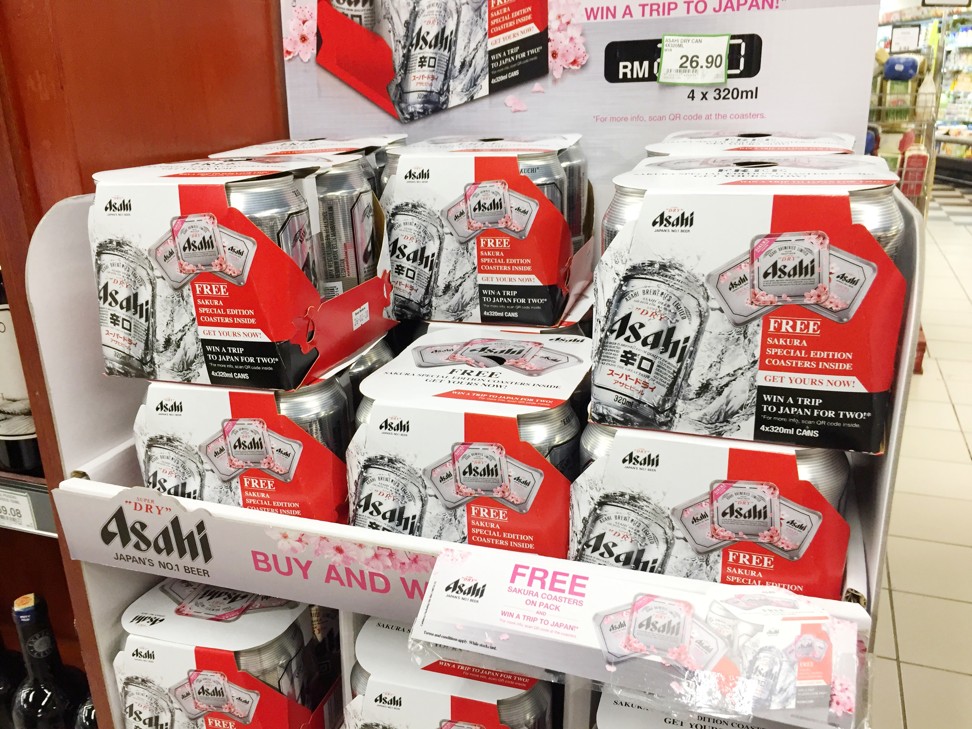
Beer is widely accepted to have been introduced to Japan around the middle of the 19th century and gradually became popular, particularly with the moneyed classes as they took their cues from European trends. With more trappings of Western civilisation introduced to Japan in the latter part of the century, it was inevitable that small breweries began to be established.
“The Osaka Beer Company, the predecessor of Asahi Breweries, was set up by a group of entrepreneurs, including Komakichi Torii, in 1889,” says Takuo Soga, a spokesman for Asahi Group Holdings. “The sole purpose of the new company was to produce a world-quality beer in Japan. The company completed the Suita-Mura Brewery in 1891 – the first modern brewery in Japan – and Asahi Beer was launched the following year.”
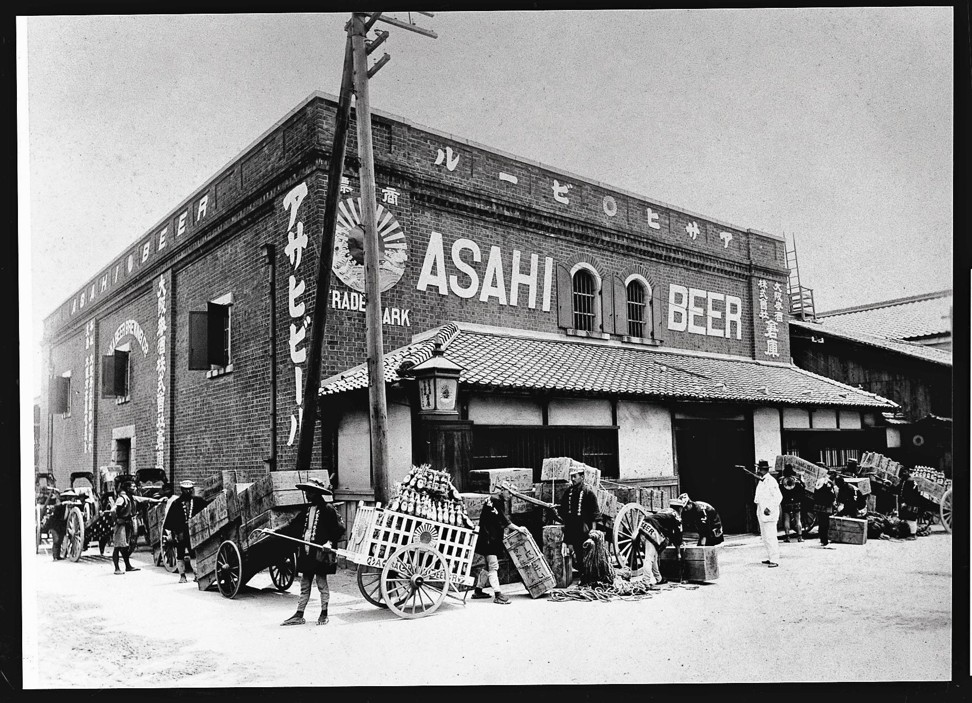
Drawing heavily on German brewing techniques, the European-style lager swiftly won a firm following and by 1903 was the undisputed bestselling beer in Japan. Ironically, German prisoners of war were put to work in the brewery during the first world war.
The nation’s brewing industry was consolidated around the second world war, but the three largest brewers quickly went their own ways again as soon as the conflict was over. Renamed Asahi Breweries in 1949, Tamesaburo Yamamoto took over as the company’s first president and set his employees the goal of regaining their crown as Japan’s top domestic beer manufacturer.
Asahi Draft was the company’s original 1892 formula until it launched Asahi Gold in 1957. That brew remained the firm’s flagship product until the late 1980s, when the company realised that it needed to shake things up a bit.

According to the company, the introduction of Asahi Super Dry was in doubt until the last minute, with the board divided at such a revolutionary shift in taste.
The question, inevitably, was whether Japanese beer drinkers would step out of their comfort zone to embrace something new. Extensive research suggested that they did want something different, with market focus groups expressing a desire for a “crisp, clear taste” and a beer that could be paired with a wide range of food.
Still, it was with some trepidation within the company that Asahi Super Dry hit the shelves in March 1987. Described as highly attenuated compared to the heavier, maltier flavours of its rivals’ products, Super Dry has a crisp and dry taste that is reminiscent of some beers from northern Germany.

Accompanied by an aggressive marketing campaign – including attractive young women handing out free samples on the streets of major cities – the company says the nation’s beer landscape was transformed forever.
And that’s not just an advertiser’s catchphrase. Asahi Super Dry became the bestselling beer in Japan in 1997. More than 100 million cases have been sold every year for the last quarter-century and the accumulated total of cases shipped is well above 3.4 billion.
According to Soga, the secret to the company’s success is delivering products that are of the highest quality and innovation. Asahi Super Dry, for example, uses carefully selected strains of yeast that consistently provide outstanding fermentation as well as a pleasant aroma and the refreshing taste.
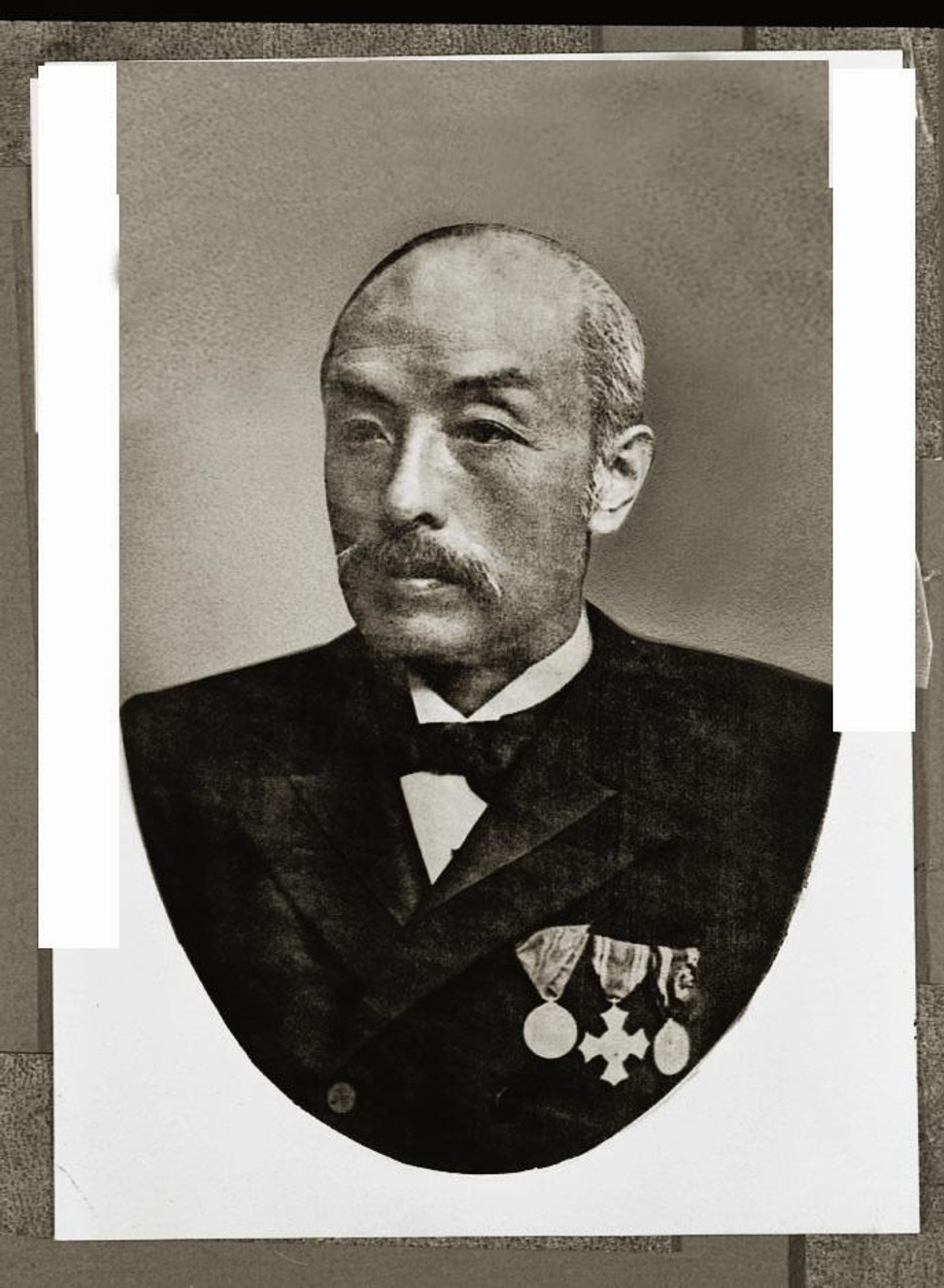
The malted barley is selected from an exclusive network of grain suppliers around the world to ensure uniform quality, he says, while the brewing process – at eight breweries across the country – incorporates innovative technologies to further preserve the quality of the final product and also to prevent the flavour deteriorating over time.
Even the distinctive metallic silver packaging of Asahi Super Dry is designed to appeal to a consumer’s senses on a subliminal level, emphasising the cold and crisp message as it sits among rival beers on store shelves.
The launch of Asahi Super Dry turned the company’s business around and enabled it to leapfrog Kirin Brewery Co as the domestic market leader. It also gave the company the financial clout to engage in a significant expansion of its business, both at home and overseas.
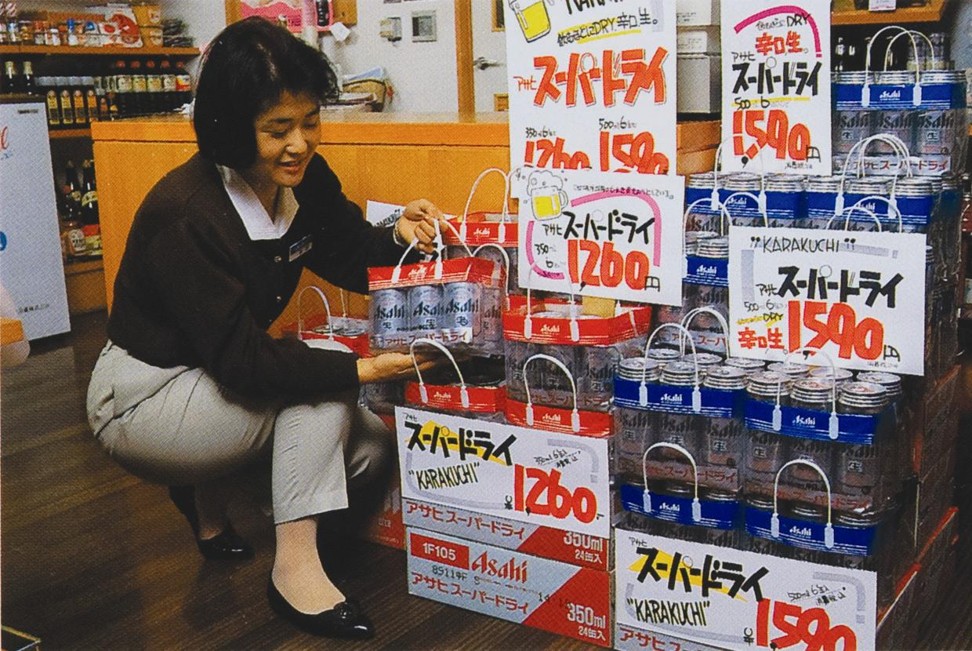
The company now produces Asahi Stout, Asahi Super Dry Black and the Pilsner-style lager Dry Premium Hojo, with “hojo” the Japanese word for fertility. It also released a “happoshu” beer in 2001 with less than 67 per cent malt content, which enables the company to sell it at a lower price because it’s no longer classified as a beer – despite having a similar taste and alcohol content.
Clear Asahi, launched in 2008 is a “new genre” beer, which contains no malt but still uses hop and yeast extract and is taxed even lower than happoshu. That brand was joined on store shelves last year by all-barley Asahi Gokujo Kireaji – which sold 40 million cans in less than six weeks, according to company – while it has also introduced Asahi Dry Zero, a zero-alcohol and zero-calorie beer drink.
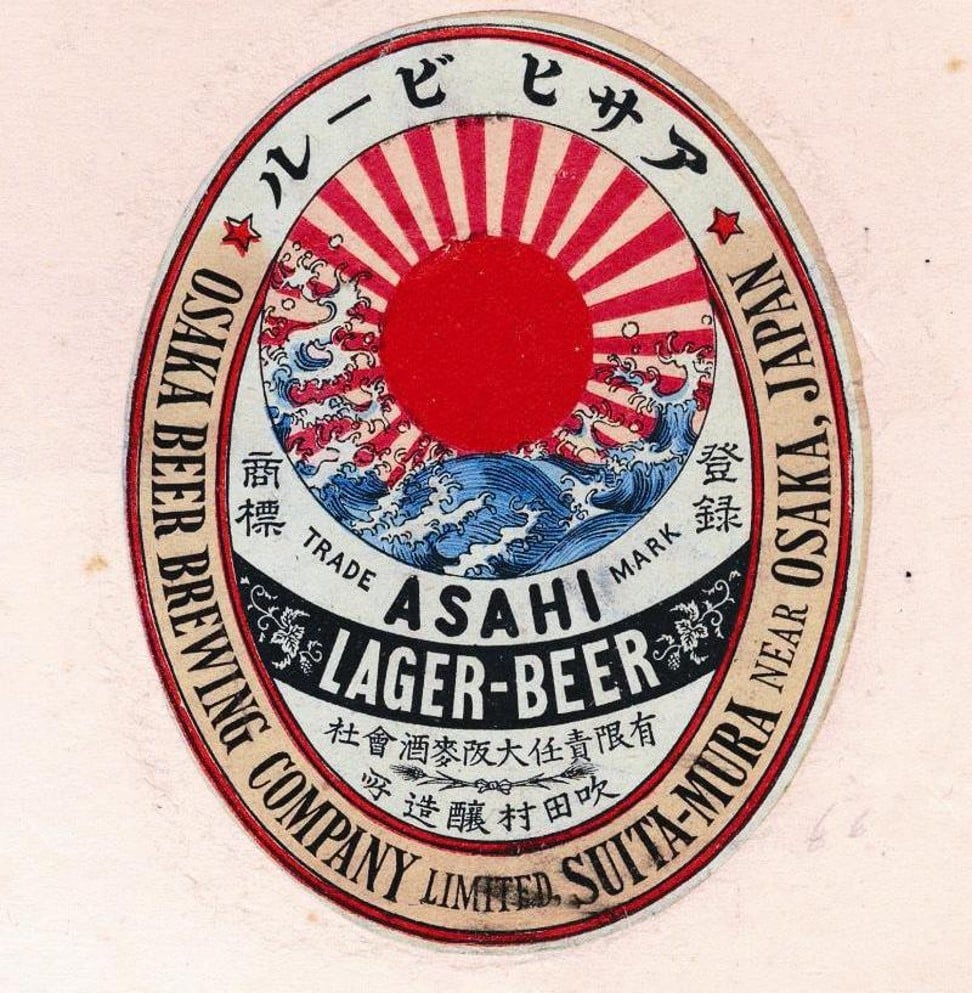
In 1990, Asahi acquired a 19.9 per cent stake in Elders IXL, the Australian brewing giant which later became the Foster’s Group, but was later sold to SABMiller. In early 2009, Asahi bought a 19.9 per cent stake in China’s Tsingtao Brewery, making it the second-largest shareholder in the company, behind Tsingtao Brewery Group itself. That stake was sold in 2017 for a profit of US$270 million.
In addition to the acquisition of a number of soft drinks companies to incorporate into the Asahi Group, including the Australian unit of Schweppes and the water and juice divisions of P&N Beverages of Australia, the firm snapped up New Zealand’s Independent Liquor in 2011 and expanded its operations in the country two years later with the purchase of retail chain Mill Liquorsave.
Also in 2013, Asahi bought the Australian brands and assets of the Cricketers Arms craft brewery, followed in 2015 by the purchase of the Mountain Goat Brewery.
More recently, the Asahi group has been expanding in the lucrative European market, buying a number of breweries from 2016. Those included Italy’s Peroni Nastro Azzurro and Pilsner Urquell, from the Czech Republic.
The deals cost the company 1.2 trillion yen (US$10.9 billion). The business has proved so profitable that it has helped the group’s sales and profits climb – overseas business accounted for about 30 per cent of total sales in 2018 and around 40 per cent of operational profit – and also to raise the profile of Asahi Super Dry in European markets.
Overseas sales of Asahi Super Dry brand beer in 2018 came to 11.28 million cases, an increase of 4 per cent over the previous year. The company has so much faith in that brand and the two other European breweries that it has set a target of increasing sales by 10 per cent every year until 2021, excluding the domestic Japanese and Czech markets.
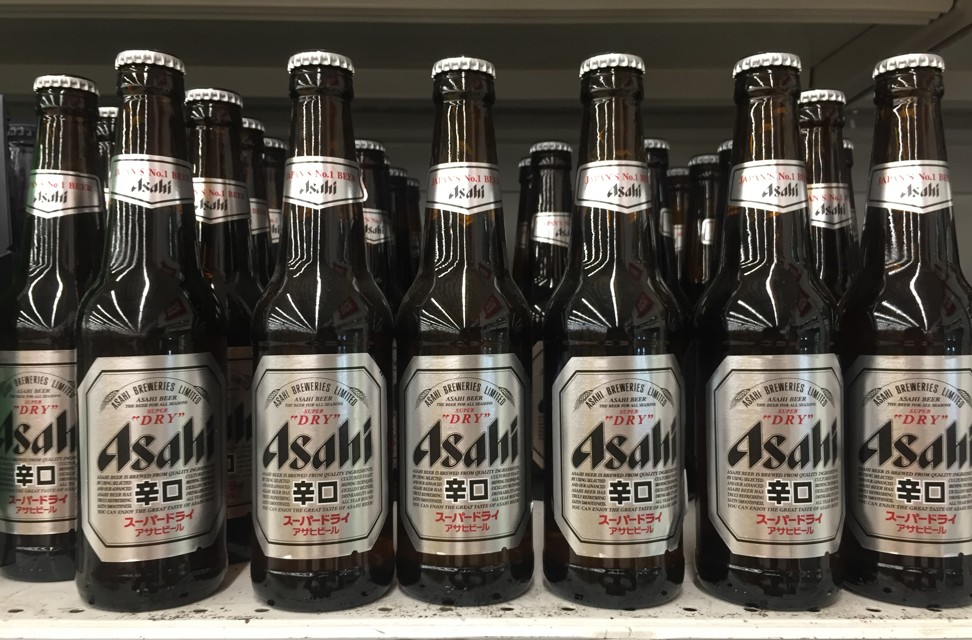
Expansion in international markets is critical to the future of the company given anticipated issues at home in the years to come.
“The total beer market is already shrinking because of Japan’s falling population and budget-minded consumption,” says Soga. Drinks companies are also under pressure from imported beers as well as a wider availability and popularity of spirits and wines.
Yet the company still has complete faith in Asahi Super Dry and Soga believes rival brands will continue to play catch-up in terms of sales thanks to that commitment to quality and a taste that keeps drinkers coming back for more.







